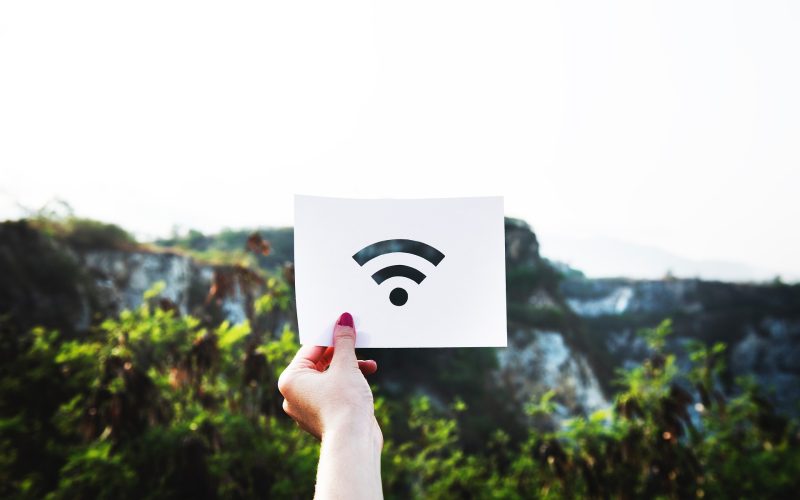As our lives become increasingly connected, Wi-Fi technology has become an essential part of our daily routines. From streaming movies to smart homes, Wi-Fi has revolutionized the way we live, work, and communicate. But what does the future hold for this ubiquitous technology in the US?
The demand for faster, more reliable Wi-Fi has grown exponentially in recent years, and this trend is expected to continue. With the emergence of 5G cellular networks, there is potential for Wi-Fi to become even faster and more widespread, as 5G and Wi-Fi 6 technologies complement each other.
One of the most exciting developments in Wi-Fi technology is the introduction of Wi-Fi 6E, which operates in the 6 GHz frequency band. This new standard will offer faster speeds, more bandwidth, and less congestion, making it ideal for high-density environments such as airports, stadiums, and apartment buildings.
Another trend that is expected to shape the future of Wi-Fi is the Internet of Things (IoT). As more and more devices become connected to the internet, the demand for Wi-Fi connectivity will continue to increase. Wi-Fi 6 and Wi-Fi 6E are designed to handle the growing number of IoT devices, offering improved performance and efficiency.
But there are also challenges to be addressed in the future of Wi-Fi. Security concerns, including vulnerabilities in Wi-Fi protocols, will need to be addressed to prevent hacking and data breaches. In addition, there are concerns about the impact of Wi-Fi radiation on human health, although studies on this topic have been inconclusive.
Overall, the future of Wi-Fi technology in the US looks bright. With the development of Wi-Fi 6, Wi-Fi 6E, and the continued growth of the IoT, we can expect faster, more reliable Wi-Fi connectivity in the years to come. However, it will be important for the industry to address security and health concerns to ensure that Wi-Fi remains a safe and secure technology for all users.












